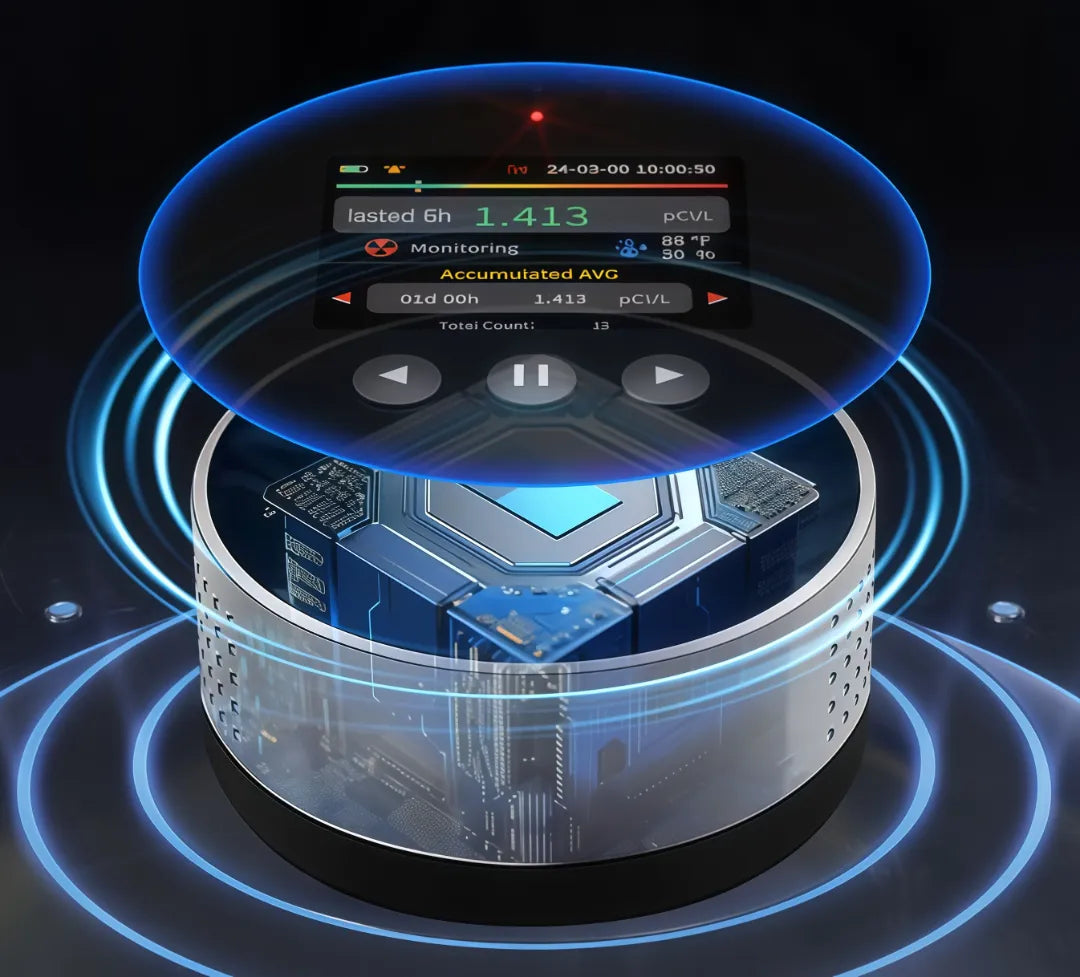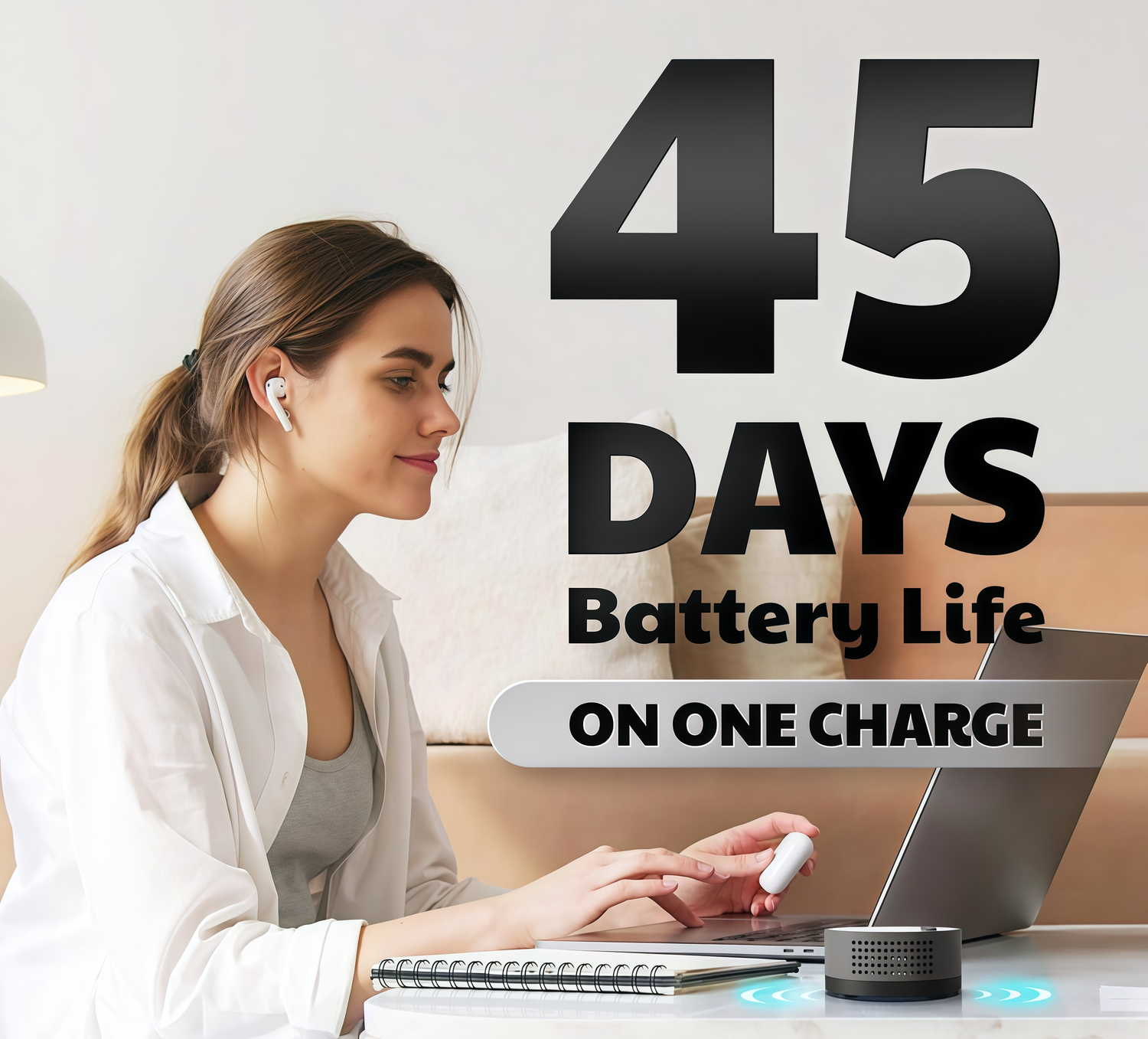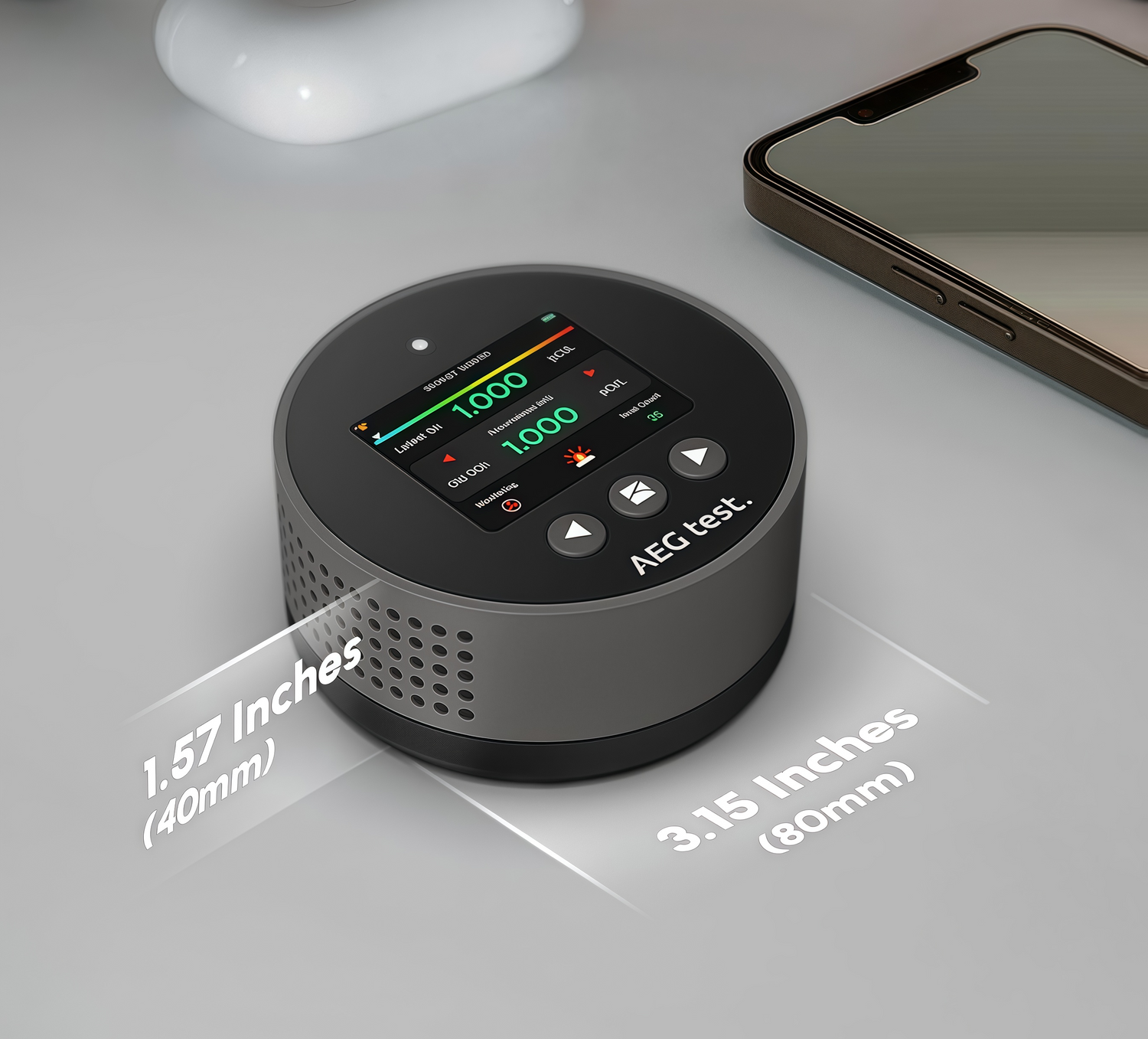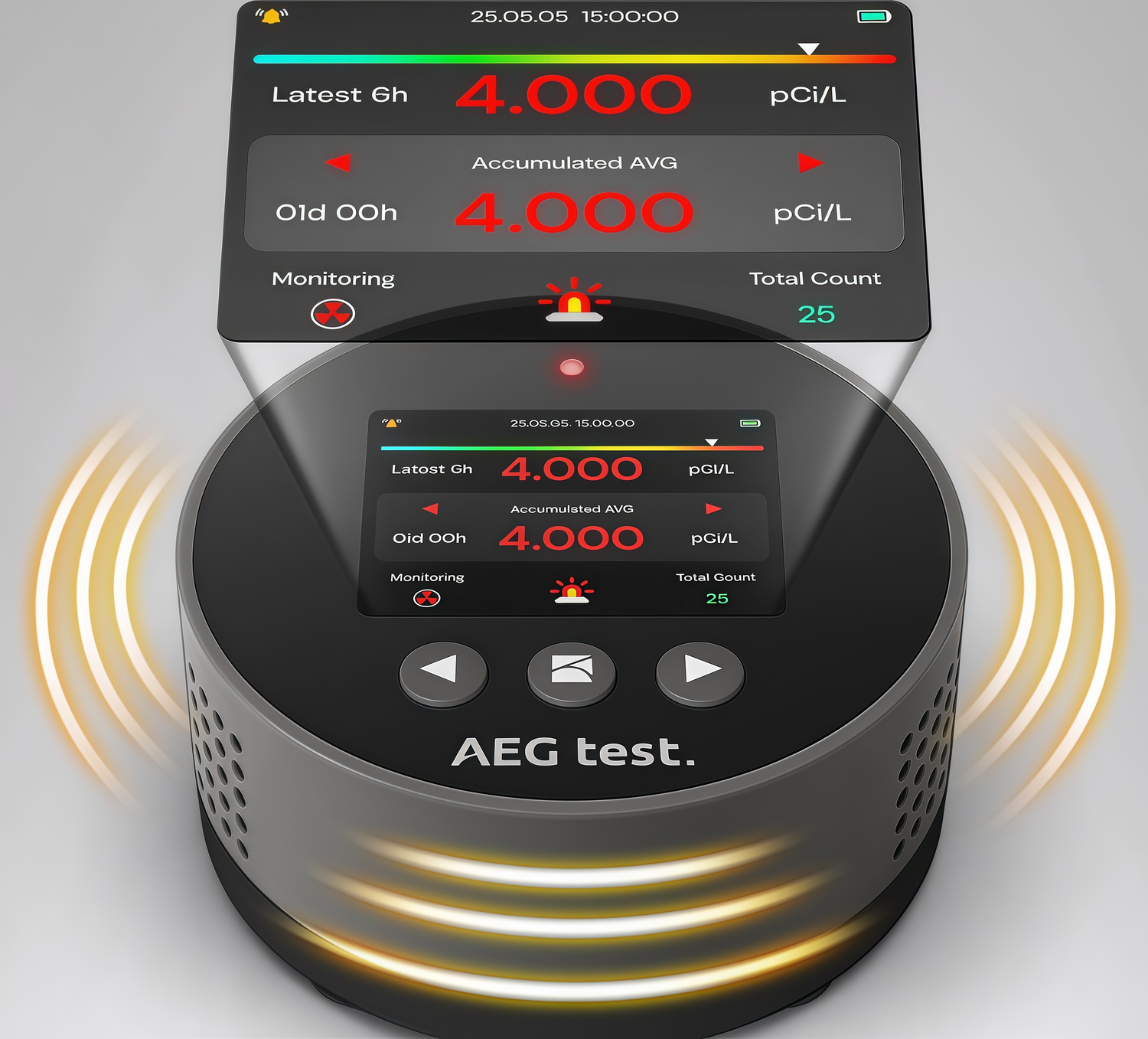- OVERVIEW
- SPECS
- FAQ
- REVIEW
Portable and Reliable Radon Detector
The HOUND-1085 utilizes a high-precision semiconductor sensor to dynamically track radon levels in your home. Say goodbye to waiting for lab results – with HOUND-1085, you can monitor your home's radon concentration anytime.
HOUND-1085
High-Precision Semiconductor Radon Detector

High-Precision Semiconductor Radon Sensor
The HOUND-1085 integrates a high-accuracy semiconductor radon sensor with triple-vent design to accelerate radon diffusion. Initial reading appears in 6 hours, with automatic hourly updates for real-time accuracy

45-Day Ultra-Long Endurance
Recharge in just 3.5 hours and monitor for up to 45 days in ECO mode. Your Respiratory Safety Never Powers Down

Compact & Portable Design
Palm-sized and ultra-portable, it moves effortlessly between rooms for whole-home radon monitoring—so you can breathe easy, anywhere.

Dual-Mode Audible & Visual Alarm
Color-coded bars indicate radon levels, paired with customizable sound alerts to promptly warn of elevated concentrations, enabling timely actions to safeguard your family's health
RADON IN HOME






















